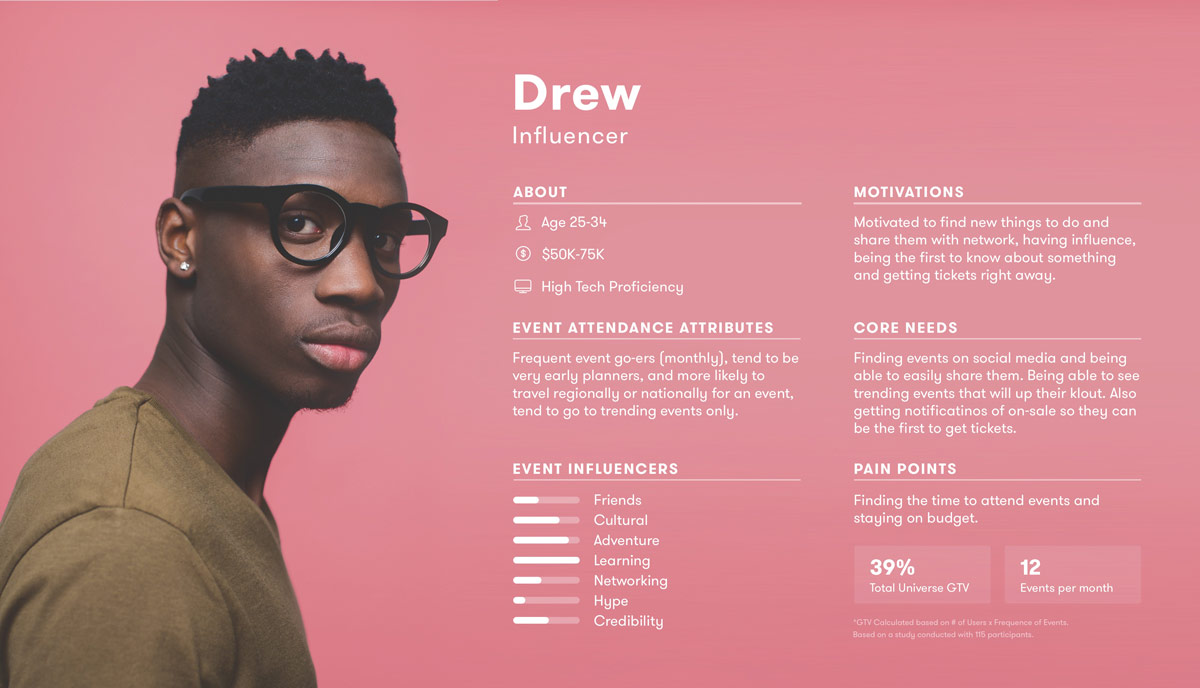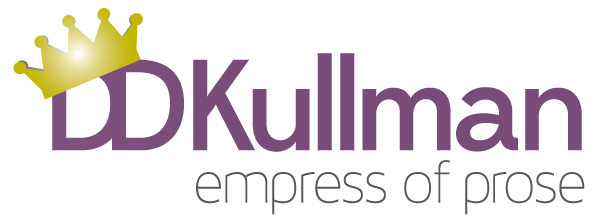LESSON 1: Know Your Target Audience

Know Your Target Audience
Would you write an ad for a bank the same way you would for an amusement park?
Of course not.
Both have different customers. Advertisers call these customers the “target audience.”
A target audience is defined as “a group of people identified as likely customers of a business. These people typically share demographic similarities, like age, gender identity, location, education level, marital status, and socioeconomic status.
Target audiences also can be defined by psychographic information. This includes knowing their aspirations, concerns and values. Or we can define them by behavior, such as if they’re likely to buy online.
Defining who your audience is helps you create more personalized messages that appeal to them.
As an example, the Nike brand’s main target audience is athletes, runners, and sports enthusiasts. Nike often enlarges strategies to split these audiences and create precise market segments for each.

How to Determine Your Target Audience
To uncover your target audience for a product or service you’ll be writing copy for, you can:
- Analyze the current customer base — Visit the store where the product is sold, visit the company website to see if a specific audience is called out, get customer feedback
- Engage with social media audiences — Visit channels where the product or service has a social media presence and monitor feedback on posts
- Research the competition — Find out who the company’s primary competitors are and study their advertising to see similarities and differences
- Use analytic tools — Conduct customer email surveys ((see the Types of Research PDF in the Resources section)
- Read online reviews — Look at reviews posted in Google and Trustpilot
- Conduct informal focus groups — Ask friends and relatives if they’ve used the product or service and what they think about it
Once you’re armed with information about your customers, you can begin to look for similarities and patterns of behavior. Next, you can organize this information to create a buyer persona — a detailed description of the person who represents your target audience. A buyer persona is fictional, but it embodies the most important characteristics of your audience.
In essence, a buyer persona helps you paint a picture of the person you’ll be targeting your writing to.

An example of a completed buyer persona.
view larger »
Once you have a good idea of who your customer is and what matters to them, you can also determine the things that motivate them. Or, what some people in the industry call identifying their “night sweats” and “wet dreams.” (I didn’t coin these terms, so don’t hold me responsible!)
Ask yourself, what keeps your target audience up at night? What are their concerns? Problems? Fears? These are their “night sweats.”
Then ask yourself, what are their hopes? Dreams? Desires? Things they desire? These are their “wet dreams.”
Be sure to include these in your target audience profile, represented in a buyer persona.
It’s time to move on to the assignment section, where you’ll get detailed instructions for creating your buyer persona.
